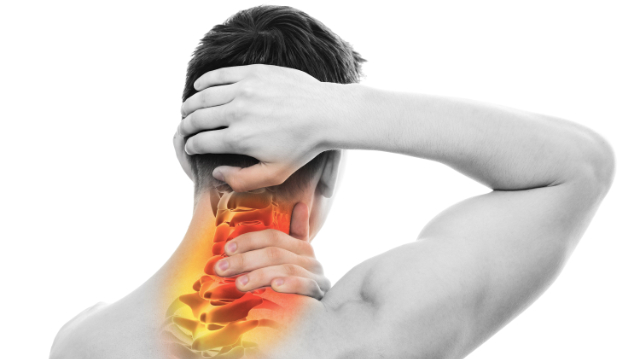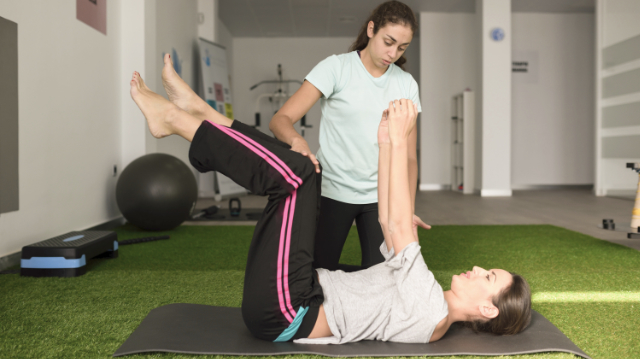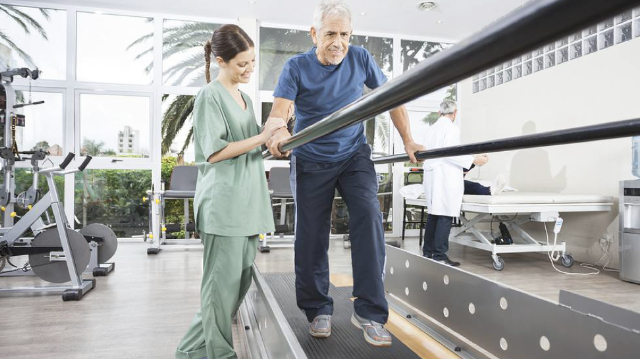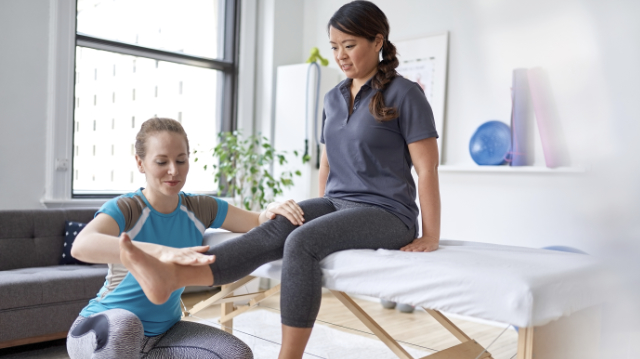
Shoulder pain can be one of the most disabling problems to deal with. Whether or not you realize it, you use your shoulder almost constantly, as it permits practically any movement that involves your arms. This is why any issue that causes pain and prevents your shoulder from moving normally can be a major burden to your daily life.
Behind the back and neck, the shoulder is the third most common site that pain occurs in the body, as about 67% of people will deal with it at least once in their lives. The primary reason is that the shoulder is the most flexible and mobile of all joints—and the only joint that can rotate a full 360°—but this extreme flexibility also makes it vulnerable to numerous injuries. Below is a summary of the most common shoulder–related conditions, many of which involve the rotator cuff, a group of four muscles and tendons that form a “cuff” and support the head of the upper arm bone:
- Shoulder impingement syndrome: involves any of the rotator tendons or other structures being trapped (or impinged) by two bones, which leads to shoulder pain, weakness, and difficulty reaching up behind the back
- Rotator cuff tendinitis (shoulder tendinitis): results from irritation or inflammation of a rotator cuff tendon, leading to pain and swelling in the front of the shoulder and side of the arm; most common cause of shoulder pain
- Rotator cuff tear: results when a rotator cuff tendon detaches from the bone, either partially or completely; can occur either traumatically or gradually, which is usually the case in older patients
- Shoulder bursitis: inflammation of a fluid–filled sac in the shoulder called the bursa, which occurs from regularly performing too many overhead activities; the most common symptom is pain at the top, front, and outside of the shoulder that gets worse with sleeping and overhead activity
- Frozen shoulder: a condition that occurs when scar tissue forms within the shoulder capsule, which causes the shoulder capsule to thicken and tighten around the shoulder joint; symptoms include pain and stiffness that makes it difficult to move the shoulder
Physical therapists use various interventions to facilitate recovery from all shoulder diagnoses
Regardless of what shoulder condition is present, in most cases, the best course of action is a comprehensive course of physical therapy. Physical therapists are movement experts whose goal is to guide patients back to full strength and function with an exercise–based approach. They accomplish this by first identifying the source of pain and any associated impairments and then designing a personalized treatment program that targets these areas of weakness and teaches patients how to regain their abilities through movement.
Most treatment programs will involve some combination of pain–relieving interventions, flexibility and strengthening exercises, manual (hands–on) techniques administered by the physical therapist, and education on how to avoid future shoulder issues. But the specific approach used will vary depending on the condition present, its severity, and the patient’s abilities and goals. What follows is a summary of the interventions typically used for the five shoulder conditions mentioned above:
- Shoulder impingement syndrome
- Stretching exercises
- Strengthening exercises that target the rotator cuff and scapular muscles
- Manual therapy, which typically includes soft–tissue massage
- Rotator cuff tendinitis
- Stretching and strengthening exercises, including external and internal rotation, forward flexion shoulder raises, pendulum exercises, and scapular squeezes
- Education on how to improve posture and avoid habits that will further aggravate the shoulder
- Rotator cuff tear
- Passive treatment like ice, heat, and ultrasound to alleviate pain
- Strengthening exercises that target the pectoral and upper back muscles
- Education on how to avoid positions and movements that can further aggravate the shoulder, like sleeping on the side and carrying heavy loads
- Shoulder bursitis
- Stretching exercises like Codman’s pendulum swings and active range of motion exercises
- Strengthening exercises that target the scapular and core muscles
- Ultrasound and other pain–relieving modalities
- Posture education
- Frozen shoulder
- Treatment for frozen shoulder depends on the current stage of the condition, from stage 1 (pre–freezing) to stage 2 (freezing), stage 3 (frozen), and stage 4 (thawing)
- The bulk of treatment consists of manual therapy and stretching and strengthening exercises, which increase in intensity with further stages of the condition; activity–specific training is usually added at stage 4
Similar to what we’ve seen for back and neck pain, there is no shortage of research that supports physical therapy as effective solution for many shoulder–related disorders. One systematic review published earlier this year found that stretching exercises, strengthening exercises, and other physical therapy techniques reduced pain and improved range of motion in patients with frozen shoulder. Another systematic review published in 2018 identified moderately strong evidence to support exercise therapy for rotator cuff tears, while a long–term study found that surgery was no better than nonsurgical treatment for patients aged 55 and older with a rotator cuff tear up to five years later.
Although many people shrug off painful shoulder symptoms at first, leaving it untreated can lead to additional pain, disability, decreased quality of life, time out from work, and ongoing frustration. This is the main reason we strongly encourage you to see a physical therapist at the first sign of shoulder pain and get started on your way to a complete recovery.









